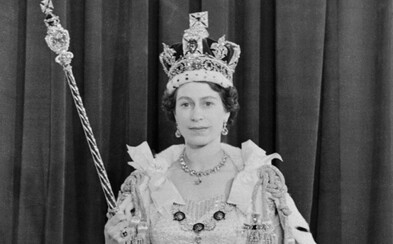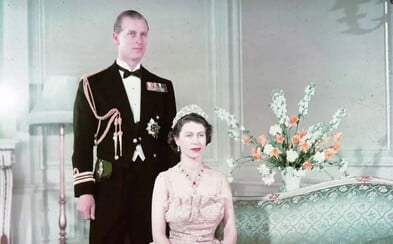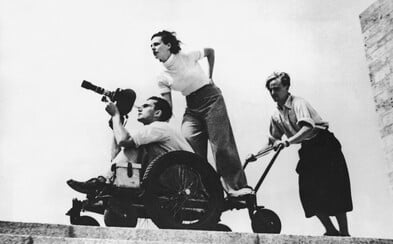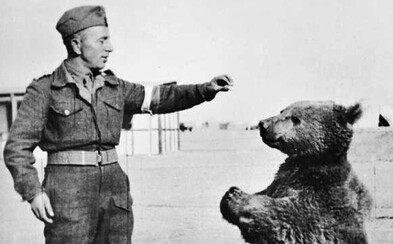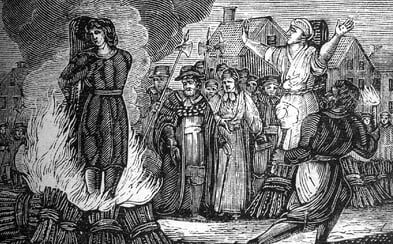 The Witch Hunts Were A War Against Women That Continues To This Day
The Witch Hunts Were A War Against Women That Continues To This Day
The Witch Hunts Were A War Against Women That Continues To This Day
The Witch Hunts Were A War Against Women That Continues To This Day
What Happened To Amelia Earhart? The Famous Pilot Mysteriously Disappeared Over The Pacific Ocean
She embarked on the fateful journey on June 1, 1937.
If problems persis, please contact administrator.
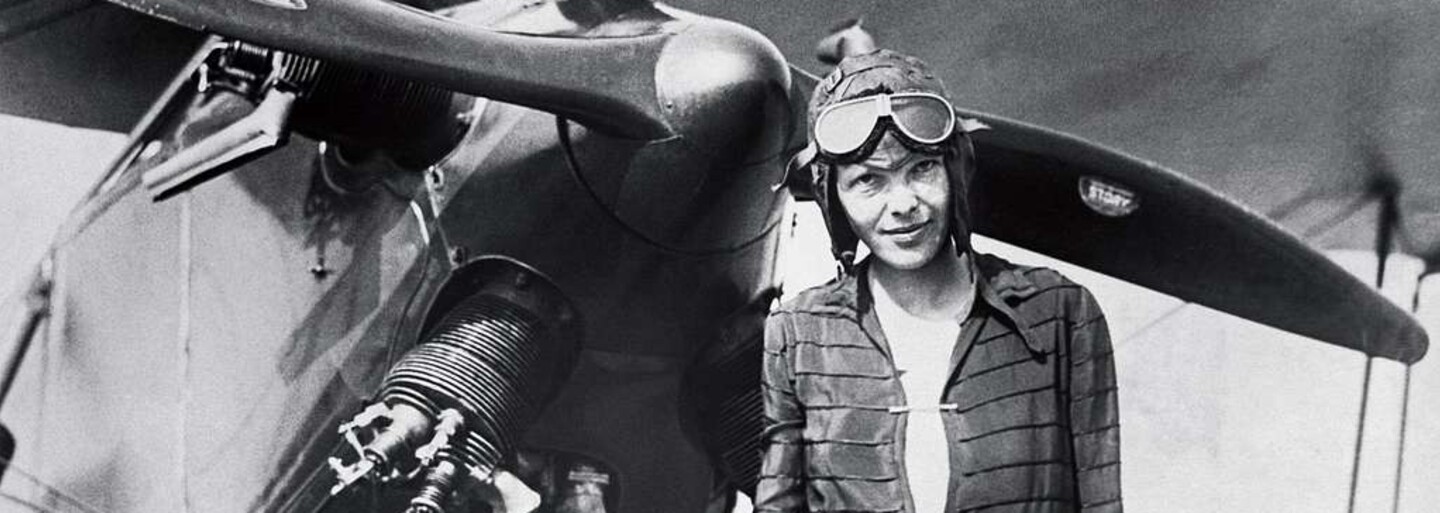
On June 1, 2022, exactly eighty-five years have passed since the American Pilot Amelia Earhart, who was the first woman in history to cross the Atlantic Ocean alone, set out on her last flight. She left an indelible mark on American flying history, thanks to her achievements she became a national celebrity. The flight around the world on which she decided to embark in 1937 became fatal for her and is still the subject of many hypotheses.
She resisted gender roles
Amelia Earhart was born on July 24, 1897 in Kansas, USA. According to History server, she has defied traditional gender roles since her youth. She played basketball, completed a car repair course, and briefly attended college. She also kept an album of newspaper clippings about successful women in men's fields, whether it was film directing, law, management, or engineering.
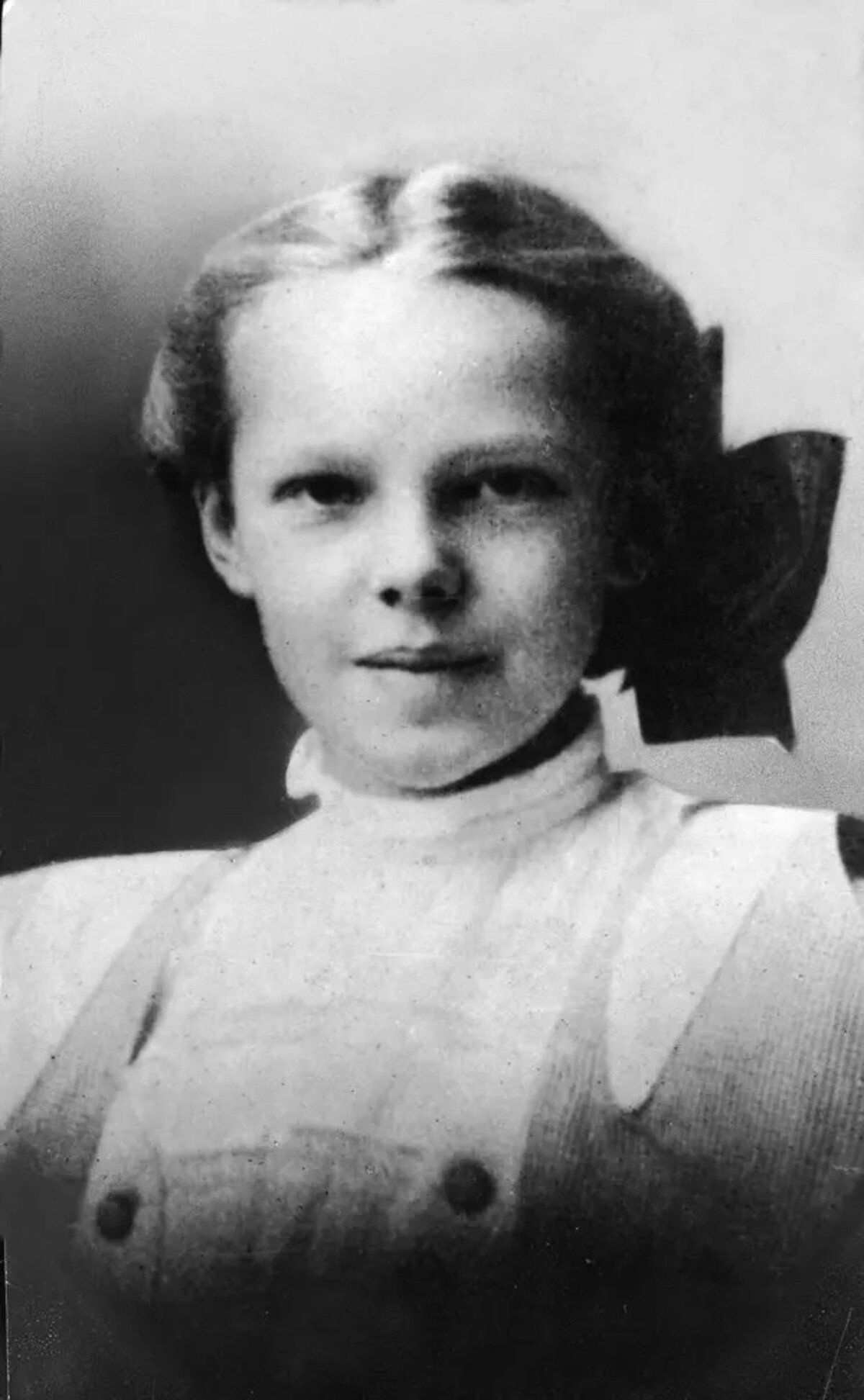
During World War I, she served as a nurse under the Red Cross in Toronto, Canada. When she returned to the United States after the war, she enrolled at Columbia University in New York. But she left in 1920 because her parents insisted that she live with them in California. It was there that she completed her first flight there.
The first woman to cross the Atlatic
Although she saw the first aircraft at the age of ten at a show, this machine enchanted her much later. It first took off at the age of twenty-three in 1920, with the famous World War I pilot Frank Hawks. Flying has become a passion.
In 1921, she began attending lessons with instructor Neta Snook. To earn a living, she worked as a clerk at the Los Angeles Telephone Company. That same year, she saved a lot of money and bought her first plane - Kinner Airster. She named it Canary, beacuse of its bright yellow color. In December, Earhart passed the exams and obtained a license from the National Aeronautics Association.
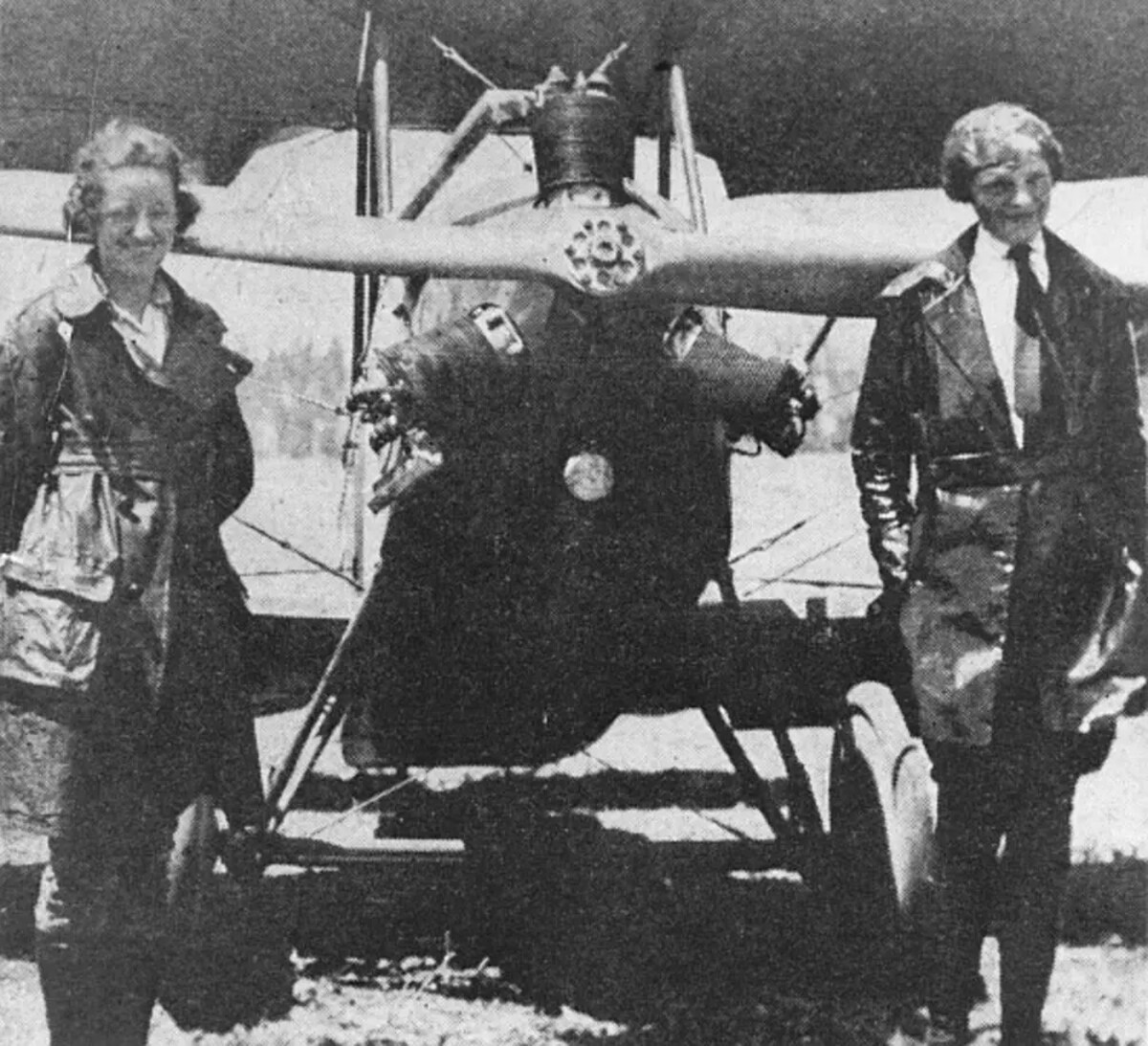
As early as 1922, Amelia Earhart set one of the records. She became the first woman to fly at an altitude of 14,000 feet, which equals to more than 4,000 meters. But major milestones came in 1928 and 1932. First, she became the first woman to cross the Atlantic Ocean. At that time, however, she was only a passenger, flying with pilots Wilmer Stultz and Louis Gordon. Although she was only a passenger, their flight of June 17, 1928 filled media headlines around the world. One of the flight coordinators was the publisher and traveler George P. Putnam, with whom Earhart became very close and married him in 1931.
She and her husband worked on a plan to become the first woman to cross the Atlantic on her own. It happened on May 20, 1932, when she was the first woman and only the second person in history to cross the Atlantic in a Lockheed Vega 5B aircraft. The flight lasted fourteen hours and fifty-six minutes, and the flight was successful despite a number of problems. Due to technical difficulties and inclement weather, she did not land in Paris as originally planned, but in a field near Londonderry in Northern Ireland.
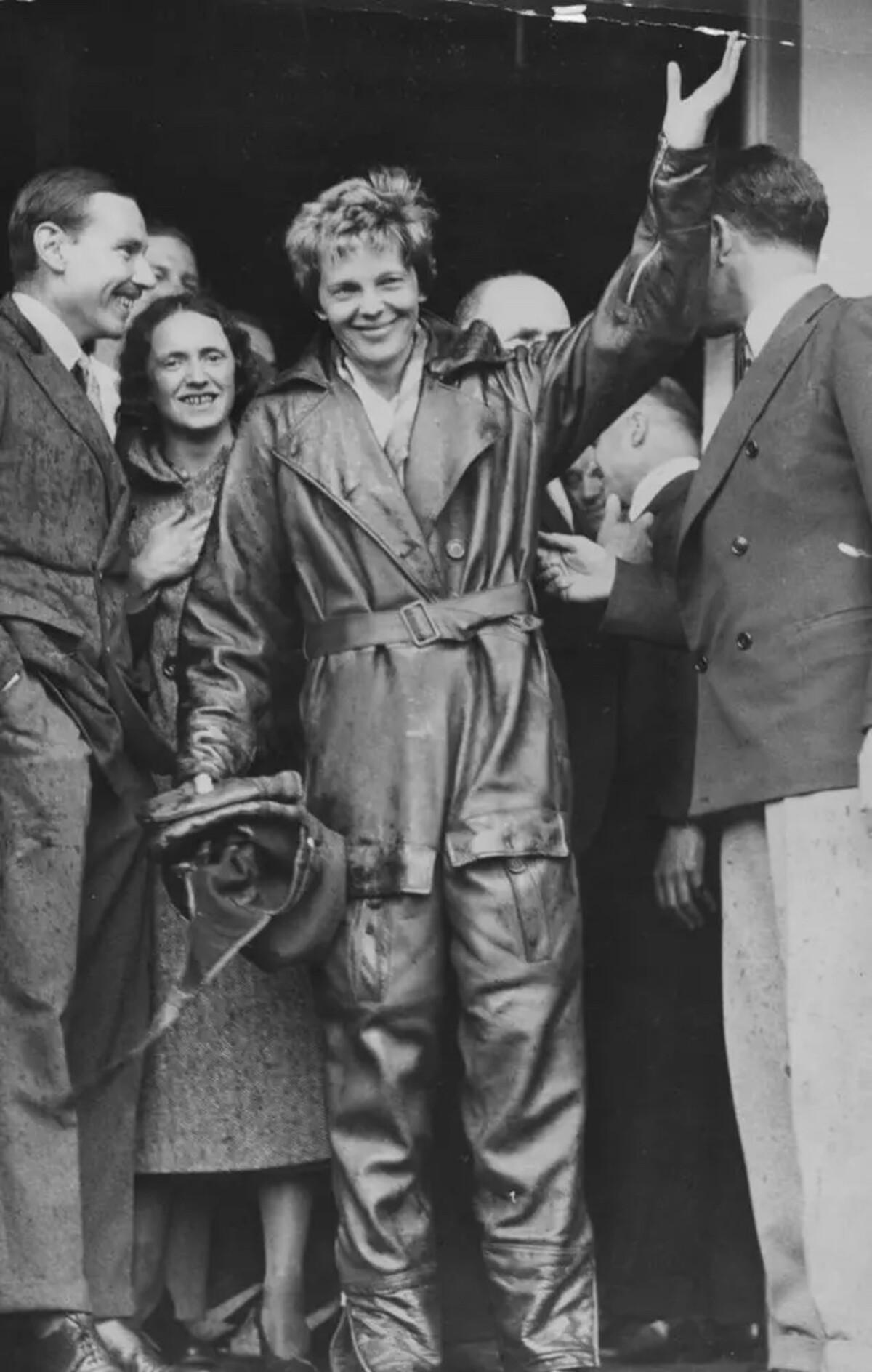
For her achievement, she received a Distinguished Flying Cross from the President of the United States, a military award for heroism or extraordinary success in aviation. She was the first woman to receive this honor. "According to Earhart, the flight has proved that men and women are equal in a job that requires intelligence, coordination, speed, cold-bloodedness and willpower," writes the website dedicated to her legacy.
In 1935, she subdued another milestone. She became the first person to take a solo flight from Hawaii to the United States. She also thought about making history two years later, when she wanted to take a flight around the world. But that one became fatal to her.
Fatal flight
Amelia Earhart had long had plans to travel around the world. After one unsuccessful attempt, it finally took place on June 1, 1937, when she and navigator Fred Noonan began their flight from Miami in a twin-engine Lockheed Electra. They flew to South America, then across the Atlantic to Africa, east to India, and then Southeast Asia. They arrived in Lae, New Guinea, on June 29. By this time, they had already covered 22 thousand miles (35 thousand kilometers). So they had about seven thousand left on their way back to the United States.
On July 2, they took off towards Howland Island in the Pacific Ocean, where they were to refuel. However, after about thirteen hundred meters, the radio connection was cut off and the plane literally disappeared. President Franklin D. Roosevelt immediately announced an extensive two-week search for the couple, but was unsuccessful. On July 19, 1937, Earhart and Noonan were declared lost at sea.
Could Amelia Earhart survive the plane crash?
According to an official statement from the United States government, Earhart and Noonan have crashed into the Pacific Ocean. But History server recalled some of the theories and hypotheses that have existed since the disappearance of pilots. Their authors are experts and aviation enthusiasts.
Gardner Island hypothesis
The International Group for Historic Aircraft Recovery (TIGHAR) estimates that Earhart and Noonan veered off course and landed about 350 miles southwest on Gardner Island, now known as Nikumaroro, in Kiribati, instead of Howland Island. The island was uninhabited at the time. This theory is contradicted by the fact that a week after the disappearance, US military planes flew over the island, but found no signs of human movement.

According to the group, however, Earhart and possibly Noonan survived the plane crash and died on the island a few weeks later. The island did not provide living conditions. The fish that could be caught were poisonous, it lacked drinking water and had high temperatures of about forty degrees. They died, probably from dehydration. The theory that Earhart and Noonan were indeed on the island was supported by numerous expeditions that TIGHAR members had undertook since the 1980s. They found several artifacts, among them an aluminum plate, which according to the group corresponds to the equipment of the Lockheed L-10 Electra, a women's shoe from the 1930s, a broken knife or the remains of fires that the castaways tried to use to attract attention.
A grave with remains of a body was found in one part of the island as early as 1940. The British authorities then identified it as male. According to TIGHAR, later analysis methods determined that it could have been a female skeleton.
Japanese captivity theory
In 2017, a new theory emerged, which the authors of the previous one reject. It is based on a photo that researchers refer to in Amelia Earhart: The Lost Evidence as evidence that Earhart survived and died later in captivity by the Japanese military. The photo shows a group of people in the harbor on Jaluit Atoll. The filmmakers claim that the woman turning her back to the lens is a missing pilot.
According to the filmmakers, the photo is from 1937 and is supposed to prove that the pilot died in Japanese captivity. However, according to the findings of the Japanese blogger Kota Yamana, this is a photograph from 1935 from a Japanese travelogue about the islands of the South Pacific. The blogger himself found the book in the National Library of Japan. Yamano's evidence thus undermines the theory of Japanese captivity.
Some other theories could be categorized more in the area of conspiratorial. According to the wildest one, Amelia Earhart survived her flight, moved to New Jersey and lived there under a new identity as banker Irene Bolam. The authors of the theory amde the conclusion on the basis of the physical similarity of women. Irene Bolam herself objected to the theory.
Although Amelie Earhart's disappearance has never been reliably explained, the fact remains that she was an important figure in flying and one of the most inspiring women to be able to match men at a time which was not overly symapthetic to such feats. Her story became a basis for two films. In 1994, the famous pilot was played by Diane Keaton in The Last Flight. She even earned a Golden Globe nomination for her role. Fifteen years later, Hilary Swank portrayed Earhart in the film Amelia in a very distinctive way. Her husband was played by Richard Gere.
If problems persis, please contact administrator.



